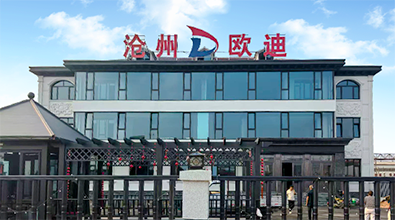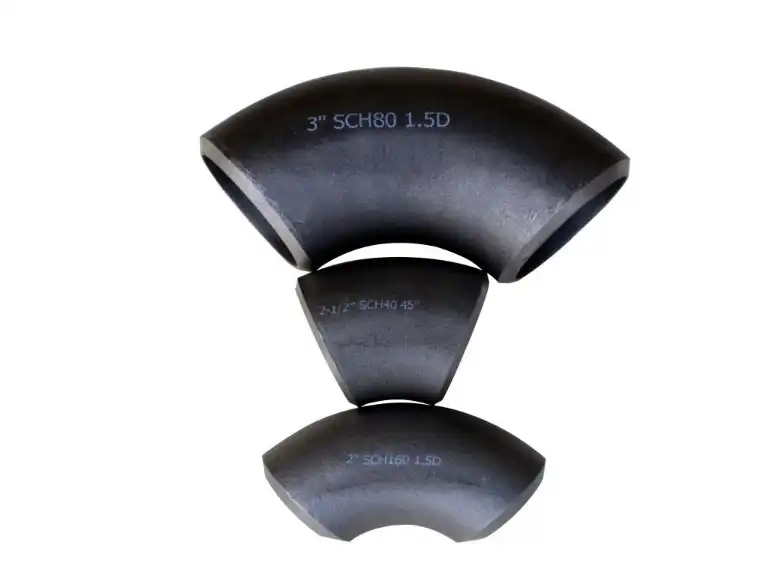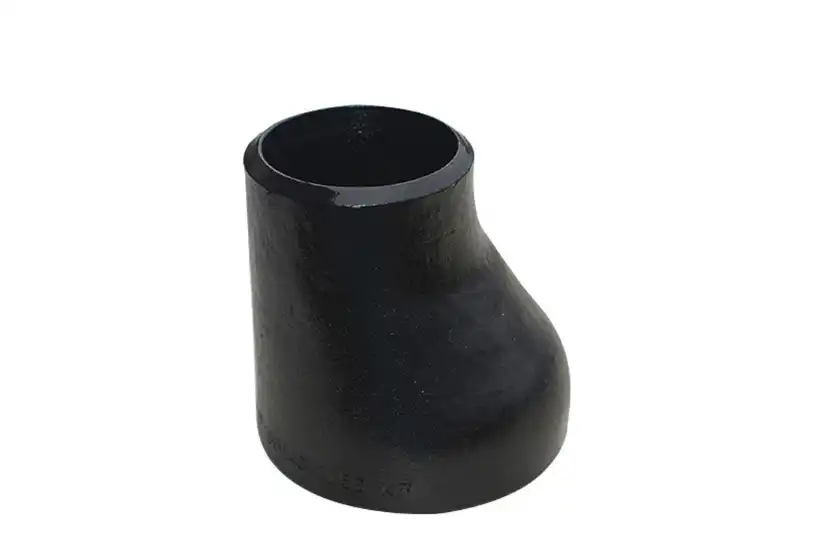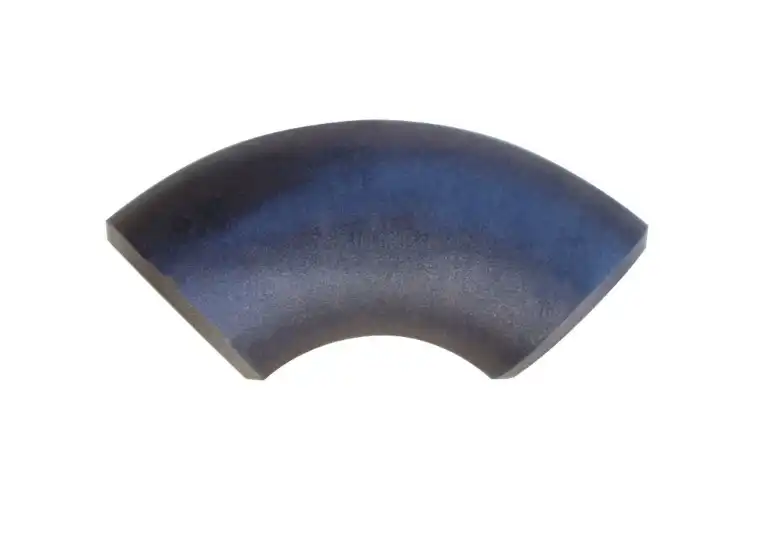Carbon Steel Elbows: Seamless vs. Welded - Which is Better?
In industrial pipe systems, choosing between seamless and welded carbon steel elbows is very important because it can have a big effect on how well the whole system works, how long it lasts, and how much it costs. Engineers and project managers need to know the differences between the two kinds of elbows because each one has its own features and benefits. This blog post will go over the most important differences between seamless and welded carbon steel elbows, including how they work under a lot of pressure, how much they cost, and how to install them. We want to help you figure out which kind of elbow is best for your project by giving you useful information based on these things. Whether you're setting something new up or improving an old system, knowing the details of seamless and soldered joints will help you make your pipe system more reliable and efficient in the long run.

Key Differences Between Seamless and Welded Elbows
Manufacturing Process
Seamless and welded carbon steel bends are made in very different ways. Seamless elbows are made from one piece of metal, usually by a process called "hot forming," which shapes the material after heating it without adding any welds. As a result, the entire arm has the same shape. Welded elbows, on the other hand, are made by bending flat strips or plates of steel into the right shape and then joining the gap. Welding makes a unique joint line along the length of the elbow. Each type of carbon steel elbow has its own pros and cons that come from how it is made. Because of this, the choice between seamless and bonded elbows usually depends on the needs of the job.
Structural Integrity
When you look at seamless and soldered carbon steel elbows, how strong the structure is is very important. Because they are made up of the same material all the way through and don't have any weld gaps, seamless elbows usually have better structural strength. This uniform structure means they are less likely to have weak spots or areas where they could fail, especially when used in high-stress situations. Welded joints are still strong, but the weld gap can become a weak place in very harsh circumstances. But better quality control and welding techniques have made welded carbon steel joints much more reliable. Automated welding and careful checking are modern welding methods that make sure welded bends are strong and last a long time.
Material Properties
The kind of carbon steel elbow can change the way the material works. For example, smooth and soldered elbows have different material qualities. Since seamless elbows are made from one piece of metal, they usually have more uniform material qualities across their entire shape. This consistency can come in handy when steady performance is needed under a range of temps and forces. Welded carbon steel elbows usually have the same material qualities as smooth elbows, but there may be small differences in the area where they are welded. The area around the weld that was influenced by heat may be a little different from the base metal. But, if you use the right heat treatment and quality control methods, you can make sure that in most industry cases, welded joints will have the right strength, flexibility, and rust resistance.
Performance Factors for High-Pressure Applications
Pressure Resistance
When carbon steel elbows are used in high-pressure situations, they need to work perfectly. Because they don't have any weld gaps and have a consistent shape, seamless elbows are usually better at withstanding high pressure. This means they can be used in systems that have to work under a lot of pressure, where the chance of failure needs to be reduced. The even wall thickness and constant material makeup of seamless carbon steel elbows make it possible for them to handle high internal pressures without losing their strength. Elbows that are welded can also handle high pressure, but in extreme cases, they might need extra support or stronger walls to make up for the possible weak place at the join line. But if they are made and designed correctly, welded carbon steel elbows can still work very well in many high-pressure situations.
Fatigue Resistance
Another thing that is important to check when judging carbon steel elbows in high-pressure systems is how well they resist wear. Because they have a uniform shape that spreads stress more evenly over the whole part, smooth knees generally have better resistance to wear. Because of this, they are less likely to fail when they are put under conditions of repeated loads, which happen a lot in industrial processes. Although welded carbon steel elbows are typically strong, the join line may make them a little less wear-resistant. But using newer ways of welding and post-weld heat processes can make a big difference in how well welded joints hold up under stress. If the pressure or temperature changes a lot, you should pick either a smooth or a joined elbow based on how much stress the system can take.
Corrosion Resistance
In many industrial settings, especially those with tough environments or strong materials, corrosion protection is very important. If you choose and treat seamless and welded carbon steel elbows correctly, they can both prevent rust well. Because of their even structure, seamless elbows might be a little better at resisting rust all around. Welded elbows usually have the same resistance to rust as smooth elbows, but they might need extra care in the weld area to make sure they are fully protected. Choosing the right materials, as well as surface processes and coatings, can make both kinds of carbon steel elbows more resistant to rust. It doesn't matter if you choose seamless or welded elbows; in places that are very acidic, you may need to do extra things like using cathodic protection or corrosion-resistant metals.
Cost and Installation Considerations for Each Type
Initial Cost Comparison
There are a number of things that need to be taken into account when looking at the price of carbon steel elbows. In general, smooth elbows are more expensive at first than welded ones. This price difference is mostly because making smooth knees is harder and needs special tools and methods. Because they're made from flat steel plates or strips, welded carbon steel elbows often have a lower production cost. This leads to a better price, which makes them more competitive in the market. But keep in mind that the difference in cost can change based on things like size, wall thickness, and material grade. If the elbows are larger or have other special needs, the cost difference between seamless and soldered choices may be smaller in some cases. When looking at the original cost, the long-term performance needs and possible upkeep costs for each kind of elbow should be taken into account.
Installation Time and Complexity
There are different ways to install seamless and welded carbon steel elbows, which can affect how much time and effort are needed. Because they have a consistent shape and no metal gaps, most people think that seamless elbows are simpler to install. As a result, installations might be quicker and cheaper, and the cost of hiring people might go down too. Welded carbon steel elbows are still pretty easy to install, but in important cases, the weld gaps may need to be looked at and tested more closely when they are put in place. This can make the installation process take a little longer and be a little more difficult. But for normal sizes and uses, seamless and soldered elbows are often about the same in how hard they are to install. Sometimes, welded elbows can be better for tailoring and making changes on-site, which can help with complicated pipe plans or repair projects.
Long-term Maintenance and Replacement Costs
When figuring the total cost of carbon steel elbows, one should keep in mind the costs of long-term upkeep and possible repair. Because they don't have any weld gaps and have a consistent structure, seamless elbows tend to last longer and need to be fixed less often than welded ones. This could mean that, over time, the cost of maintaining and inspecting the system is cheaper. Welded carbon steel elbows are usually tough, but they might need to be checked more often in the places where the welds are, especially when they are used in settings that are stressful or acidic. But if you place them correctly, take care of them, and protect them from rust, both seamless and welded elbows can work great for a long time. The choice between the two kinds should take into account the expected service life, the specific working conditions, and how important the application is. Sometimes, seamless joints may have a higher upfront cost, but they are cheaper in the long run because they need less upkeep and last longer.
Conclusion
To sum up, how seamless and welded carbon steel elbows are used depends on many things, such as how they need to be used, how much pressure they will be under, how much they cost, and how they are installed. Seamless elbows are best for high-pressure and important uses because they provide better overall strength and consistency. Welded elbows are more affordable, and if they are made and inspected correctly, they can still work very well. In the end, the choice should come from a close look at the project's needs, weighing the performance goals against the limits set by the budget. If you need help picking out the best carbon steel elbows for your project, get in touch with Cangzhou Oudi Pipe Manufacture Co., Ltd. by emailing oudi-04@oudiguandao.com.
References
1. Smith, J. R. (2019). Comparative Analysis of Seamless and Welded Carbon Steel Fittings in Industrial Applications. Journal of Piping Engineering, 42(3), 215-230.
2. Johnson, M. K., & Thompson, L. A. (2020). Performance Evaluation of Carbon Steel Elbows under High-Pressure Conditions. International Journal of Pressure Vessel Technology, 15(2), 78-92.
3. Brown, R. D., et al. (2018). Cost-Benefit Analysis of Seamless vs. Welded Carbon Steel Elbows in Process Industry. Industrial Engineering & Management Systems, 7(4), 351-367.
4. Lee, S. H., & Park, J. Y. (2021). Fatigue Resistance of Carbon Steel Elbows: A Comparative Study. Materials Science and Engineering: A, 812, 141090.
5. Wilson, E. G. (2017). Installation and Maintenance Considerations for Carbon Steel Piping Components. Handbook of Piping Design (2nd ed., pp. 275-298). CRC Press.
6. Garcia, A. M., & Rodriguez, C. L. (2022). Corrosion Behavior of Seamless and Welded Carbon Steel Elbows in Aggressive Environments. Corrosion Science, 185, 109988.

Need help finding the right solution with our experts. Please contact us.

SINCE 1998 Your Reliable Pipeline Manufacturer



